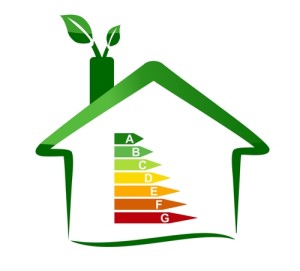Today, eco-friendly individuals and families are trying to import energy savings and a green approach to life into their homes. Among the tactics they use are making informed purchases, activating energy-save modes on electronics, unplugging unused devices, and repairing electronics that have power drain issues.
These are just a few of the ways you can reduce energy drains at home and save on your power bill. Below are specific details on these energy-saving strategies.
1. Purchase carefully
Some consumer electronics and home appliances have higher energy efficiency ratings than others. Look for labels like Energy Star, which indicates that a particular product uses less energy than alternatives.
The Energy Star program is run by the federal Environmental Protection Agency, which aims to assist consumers in making smarter choices. While some of these products come with a higher retail price tag, they can guarantee you’ll enjoy substantial energy savings in the long run.
2. Energy-save modes
Newer home appliances and electronics such as computers, printers, video game consoles, and air conditioners have energy-save modes, which can reduce the power drain when a device is sitting idle.
These settings are ideal if you need to employ the technology quickly, without the inconvenience of having to turn it on and off. You can learn about the energy-save mode on various products by referring to the instructions provided by the manufacturer.
3. Unplug when not in use
If you don’t plan on using electronics and other household appliances on a regular basis, you can reduce energy consumption simply by unplugging those devices. The U.S. Department of Energy states that between 5 and 10 percent of energy consumption occurs due to electronics on standby power mode.
You know those power strips that are plugged in around your house? Switch them off when they’re idle; otherwise, they are contributing to waste of energy.
Unplugging can also be beneficial for electronics with rechargeable batteries. Gadgets like smartphones, computers, and tablets typically run on lithium-ion batteries, which can be damaged if they are plugged in to charge all the time.
Essentially, they can lose their “memory,” and are unable to charge to peak capacity in the future.
4. Repair your electronics
Gadgets with faulty wiring don’t just present a safety risk; they can also mismanage power resources. You can repair broken cables with heat shrink tape, which will boost the lifespan of your electronics. However, you shouldn’t conduct household repairs that are beyond your experience and comfort level.
We can all do our part to reduce energy drain by becoming more aware of power consumption. Switching devices off and unplugging them can prevent standby power drain, while proper upkeep of your electronics will ensure your devices run efficiently.
